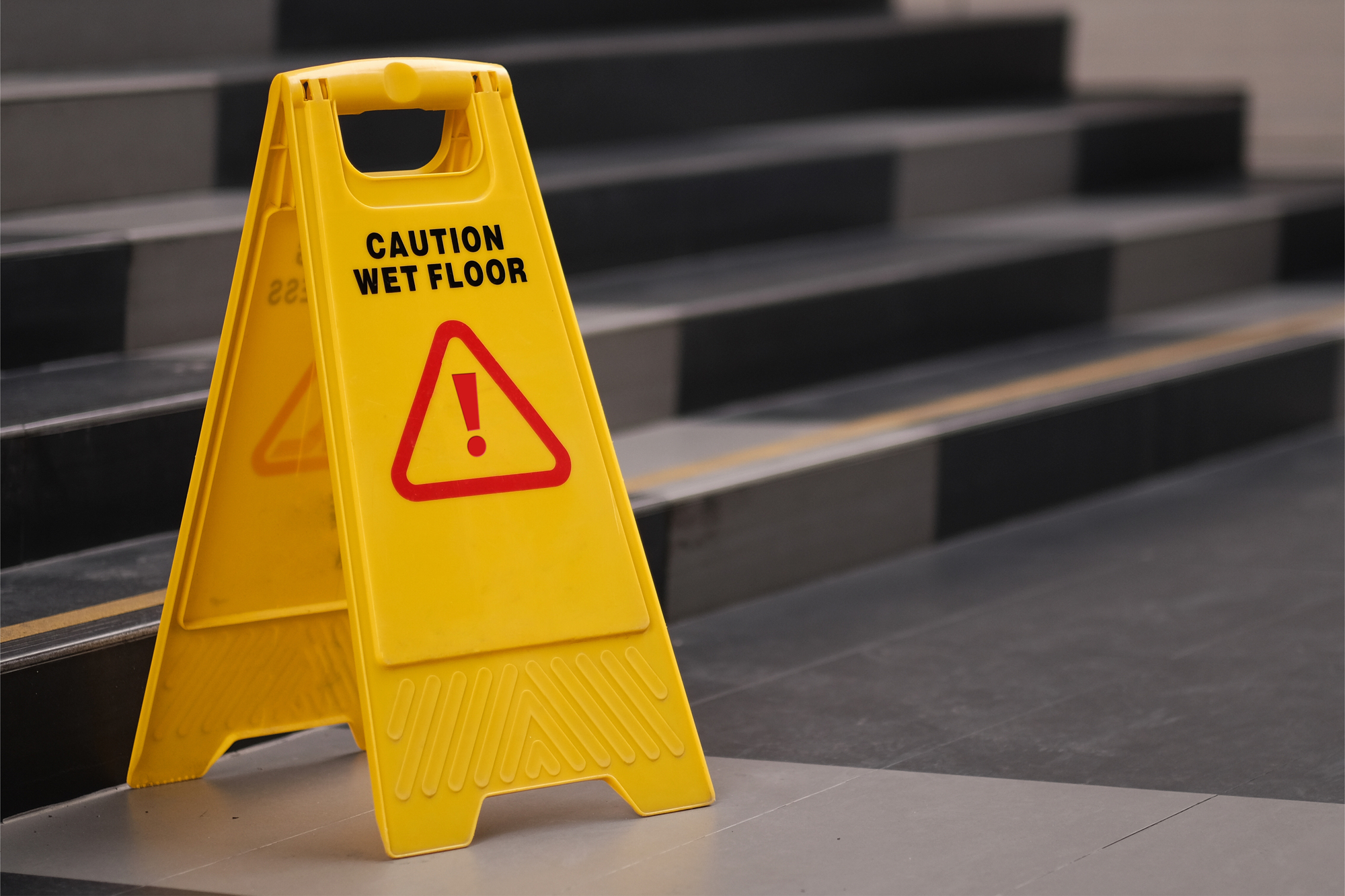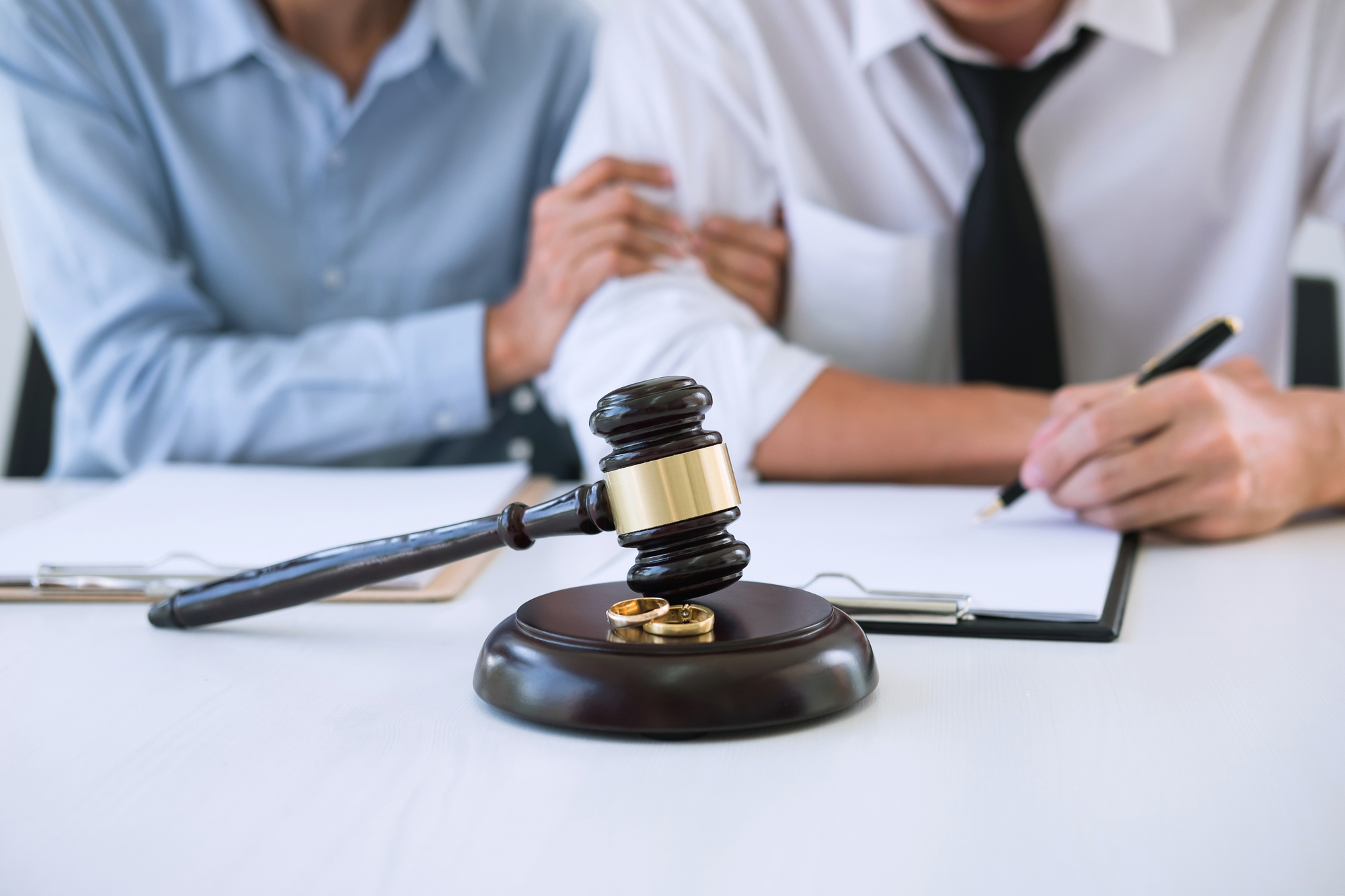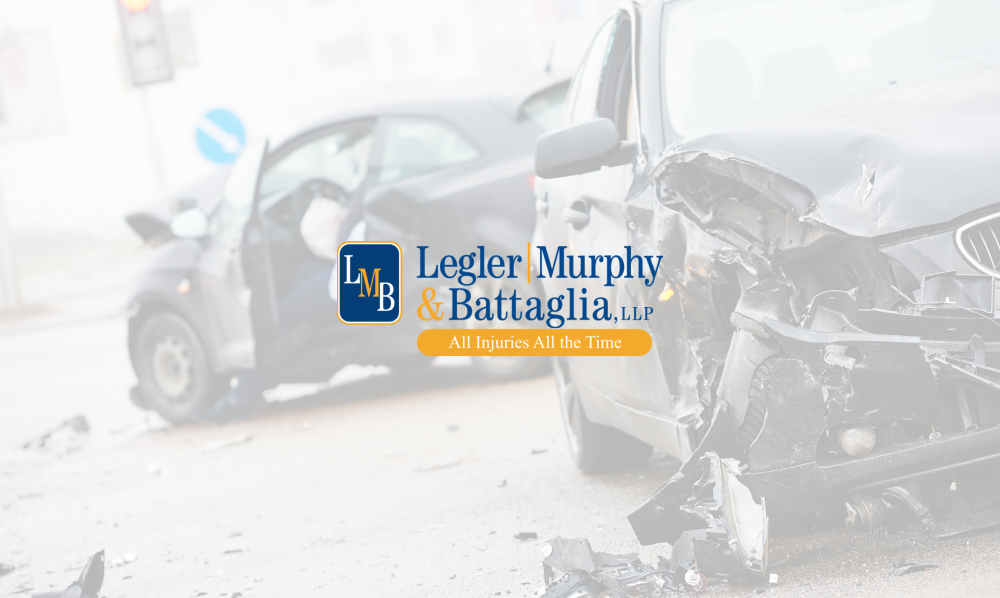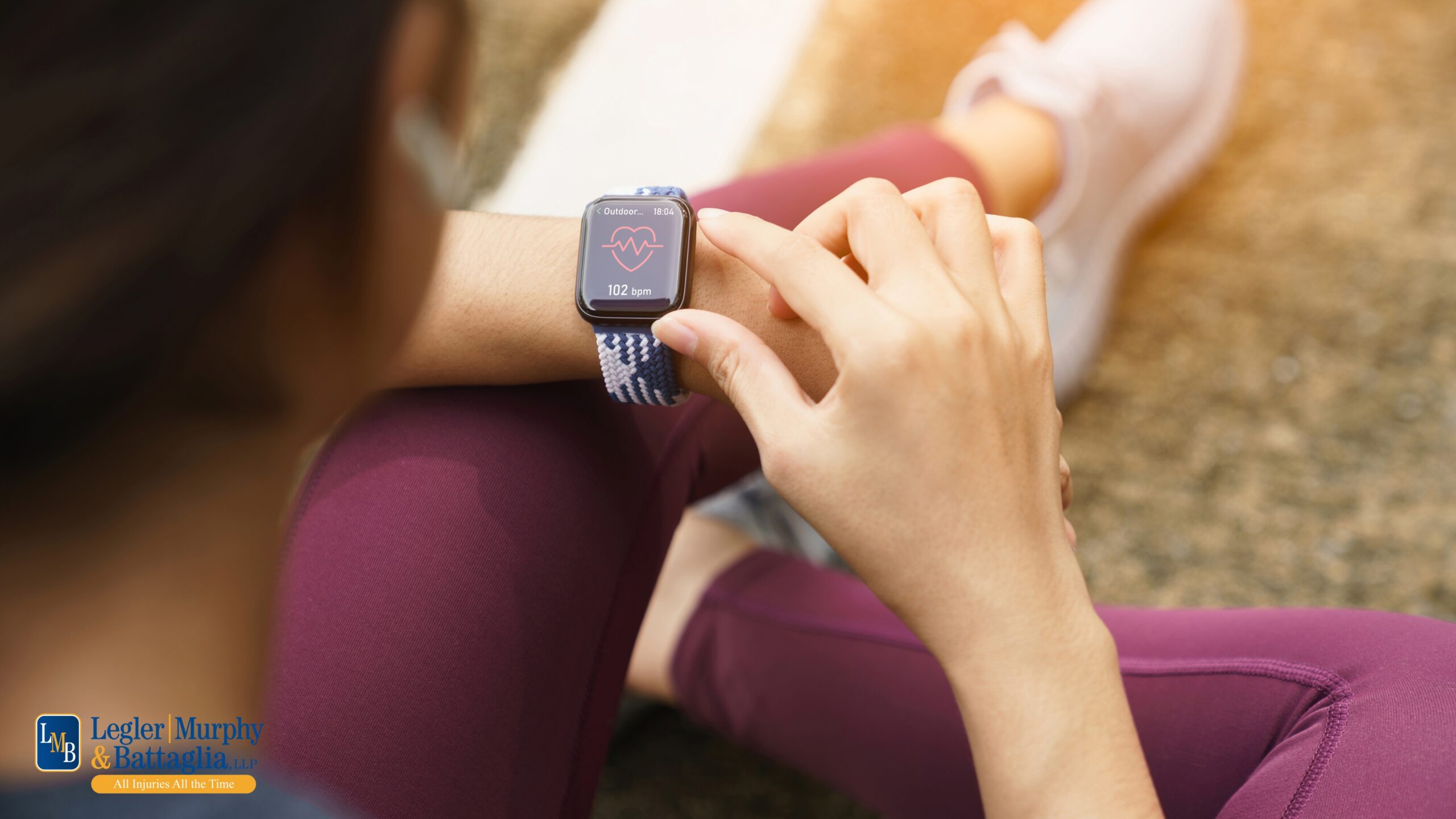Before 2010, if a patron of a store slipped or tripped and fell and was injured it was easier to prove negligence on behalf of the store owner.
That situation changed in 2010, when the Florida legislature eliminated the negligent-mode-of-operation claims and required that all slip & fall claimants prove actual or what is known as “constructive notice”. In other words, the injured party must now prove in court that the business establishment had actual or constructive knowledge of the dangerous condition.
Furthermore, the new 2010 Florida Statute does not contain any language regarding the owner’s negligence, maintenance, inspection, repair, warning, or mode of operation.
Obviously, the best-case scenario for injured patrons is actual notice of the dangerous condition, which can sometimes be proved by security camera footage showing a store employee walking by liquid on the floor, seeing the liquid, and failing to clean it up or warn customers. This is rarely the case, so the customer is left with stringing together pieces of circumstantial evidence to establish notice, which is called constructive notice.
As of today, Florida’s slip & fall cases generally reveal four separate categories of cases addressing the issue of constructive notice. These are as follows:
1. Establishing that the slippery liquid was the cause of the fall;
2. Explaining how the substance ended up on the floor;
3. The condition of the substance on the floor; and
4. Evidence of inspection and inspection policy of the store itself.
In general, the customer must first prove what was slipped upon. In other words, the slippery substance must be identified. This is usually proven by the customer themselves or a witness.
Next, and of the same importance, it must be explained how the liquid got on the floor. Whether it be rainwater from a leaky roof, spillage from a previous customer that was allowed to remain on the floor for a certain period of time, or a spilled liquid that was never cleaned up. The customers have a logical explanation about where the substance came from.
The injured party must prove the condition of the substance on the floor. For example, certain tell-tale signs may demonstrate how long the liquid had been on the floor, such as dirty footprints, shopping cart tracks, wilted vegetables, and thawed frozen food.
Lastly, constructive notice must be proven by the business owner’s inspections or lack thereof of its property. Evidence of the business owner’s failure to inspect or failure to have an inspection policy can support a constructive notice claim.
If actual notice is not available, which again is a rarity, an injured party must prove by constructive notice that they slipped and fell due to the owner’s negligence. This must be proven through careful circumstantial evidence.
Although the laws in Florida have made it more difficult for injured parties in slip & fall and trip & fall cases to collect damages, it is still possible if the customer and its attorney follow the steps listed above.




